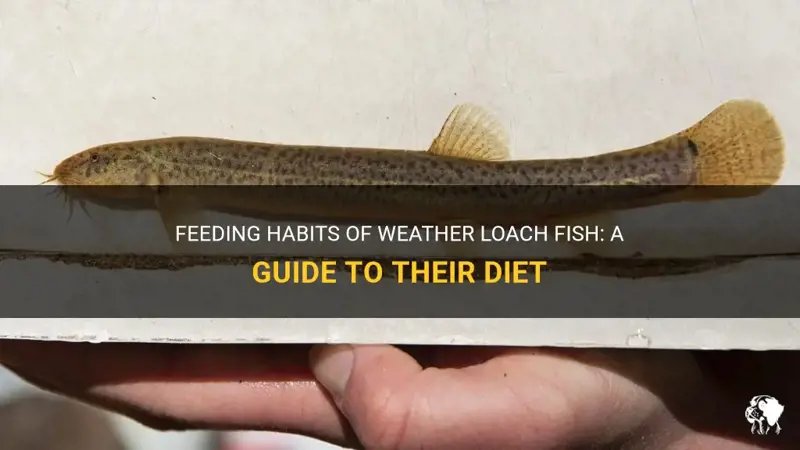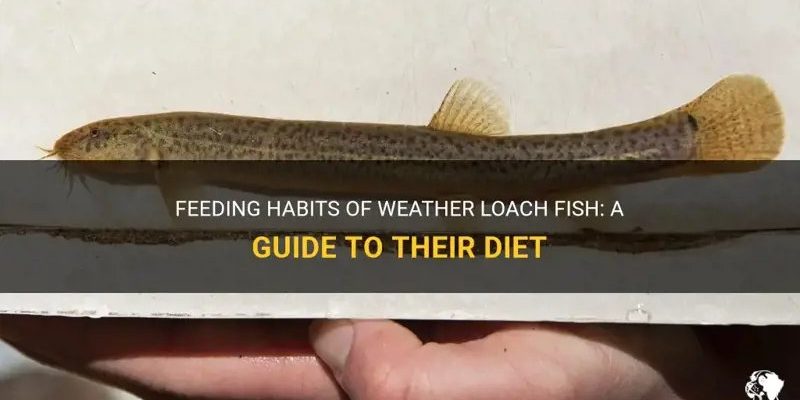
Loaches are great additions to many freshwater tanks. They come in various types, each with unique quirks, but they all share a few dietary needs. Just like humans have different tastes, loaches have preferences too! Let’s dive into their feeding habits and freshen up your knowledge on how to keep these fascinating fish well-fed.
Understanding Loach Diets
When it comes to what loaches eat, you’ll find that their diet can vary based on species, size, and environment. Most loaches are omnivores, meaning they eat both plant and animal matter. In the wild, they often snack on things like worms, crustaceans, and algae. The key takeaway? They thrive on a varied diet, so it’s important to provide them with a mix of food types.
You might be wondering what this means for you as a loach owner. It boils down to offering a range of foods that mimic their natural diet. Think of it as a buffet! If you stick to just one type of food, your loach might get bored, which isn’t great for its health. So, let’s explore some food options for these delightful fish.
Types of Food for Loaches
Loaches enjoy a diverse menu, which can include:
- Flake Food: Most loaches will eat high-quality flake food designed for tropical fish. This is a convenient option if you want to provide a balanced diet without much fuss.
- Pellets: Sinking pellets are a favorite for bottom feeders like loaches. Choose specific ones designed for loaches, which they can easily eat.
- Frozen and Live Foods: Worms, brine shrimp, and other live or frozen options are great for stimulating natural foraging behavior.
- Vegetables: Blanched veggies like zucchini, peas, and spinach not only add nutrients but also satisfy their munching instincts.
Incorporating a mix of these foods helps keep your loach happy and healthy. Plus, watching them hunt and explore for their food can be incredibly entertaining!
Feeding Schedule for Loaches
So, how often should you feed your loach? A good rule of thumb is to feed them once or twice a day. You might start with a small amount, letting them eat what they can in about two to three minutes. Leftover food can quickly pollute the tank, which isn’t good for your fish or the water quality.
Pick specific times that work for you, and try to stick to this schedule. Consistency is key! For instance, you could start your day by feeding them in the morning and then check in on them again in the evening. Keeping a schedule helps your loaches know when to expect their meals, adding a little routine to their day.
Special Considerations for Different Species
Different loach species have unique dietary needs. For example, the popular clown loach loves to munch on a variety of foods, while the kubotai may have a preference for more meaty meals. Knowing your specific loach type can help you tailor their food even better.
If you have a larger species, like the yo-yo loach, they might benefit from a diet higher in protein. On the flip side, smaller species may not need as much protein-rich food. Always research your specific loach species to ensure you’re meeting their needs.
Common Feeding Mistakes
We’ve all made a mistake or two when feeding pets, right? Loaches are no exception. Here are some common pitfalls to avoid:
- Overfeeding: It’s super tempting to give your loach lots of food, especially when they look hungry. But more isn’t always better. Stick to smaller portions to avoid excess waste.
- Feeding Only One Type: Don’t get stuck in a food rut. Variety is essential for a balanced diet.
- Ignoring Freshness: Always check the expiration dates on your fish food, and make sure it smells fresh. Old or stale food won’t provide the nutrition your loach needs.
By avoiding these common mistakes, you’ll promote a healthier environment for your loach and keep them active and lively!
Hydration and Water Quality
You might not think about it, but water quality plays a crucial role in your loach’s health. Good water conditions help them absorb nutrients better, which is a vital part of their diet. Here are some things to remember:
– Regular Water Changes: Aim for at least a 10-15% water change weekly to keep things fresh.
– Monitor Parameters: Keep an eye on pH, ammonia, nitrites, and nitrates. Ideally, pH should be around 6.5 to 7.5 for most loaches.
– Temperature: Most loaches thrive in warmer water, typically between 75-80°F (24-27°C).
When you maintain high water quality, you help your loach enjoy its meals and stay healthy overall.
Feeding your loach might seem simple, but there’s a bit of art to it. By providing a varied diet, sticking to a feeding schedule, and keeping an eye on water quality, you can create a happy home for your underwater friend. Remember, a well-fed loach is a healthy loach, and the right nutrition will help unleash those quirky, playful behaviors that make loaches so lovable.
As you continue your journey with your loach, take note of their preferences and adjust accordingly. After all, feeding isn’t just about nutrition; it’s about creating a joyful experience for both of you!

